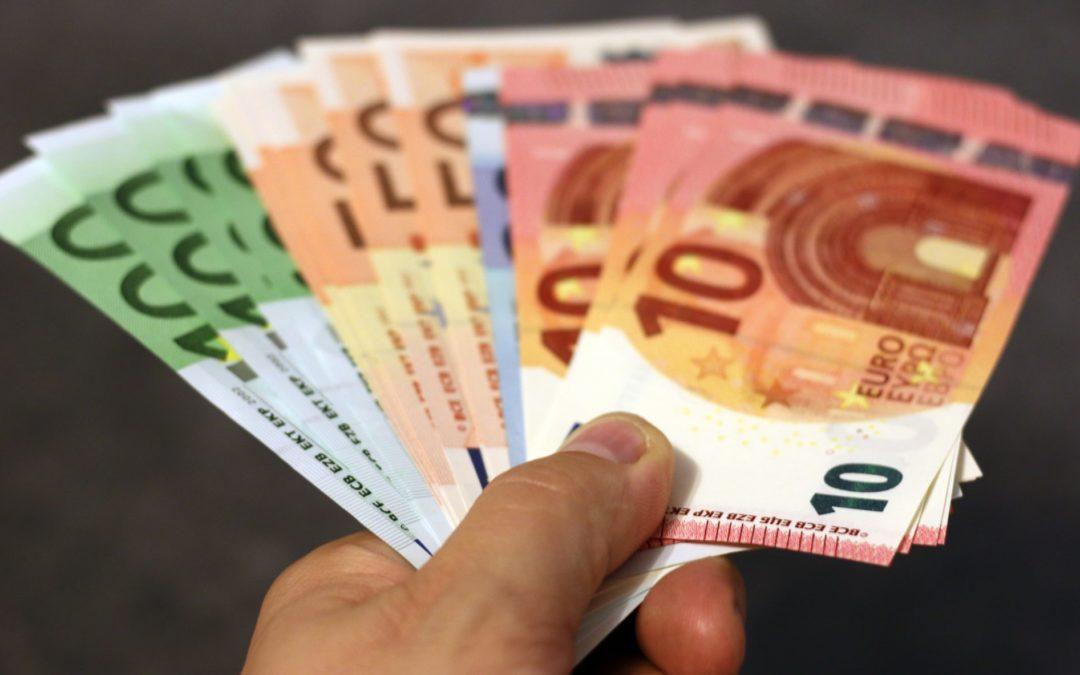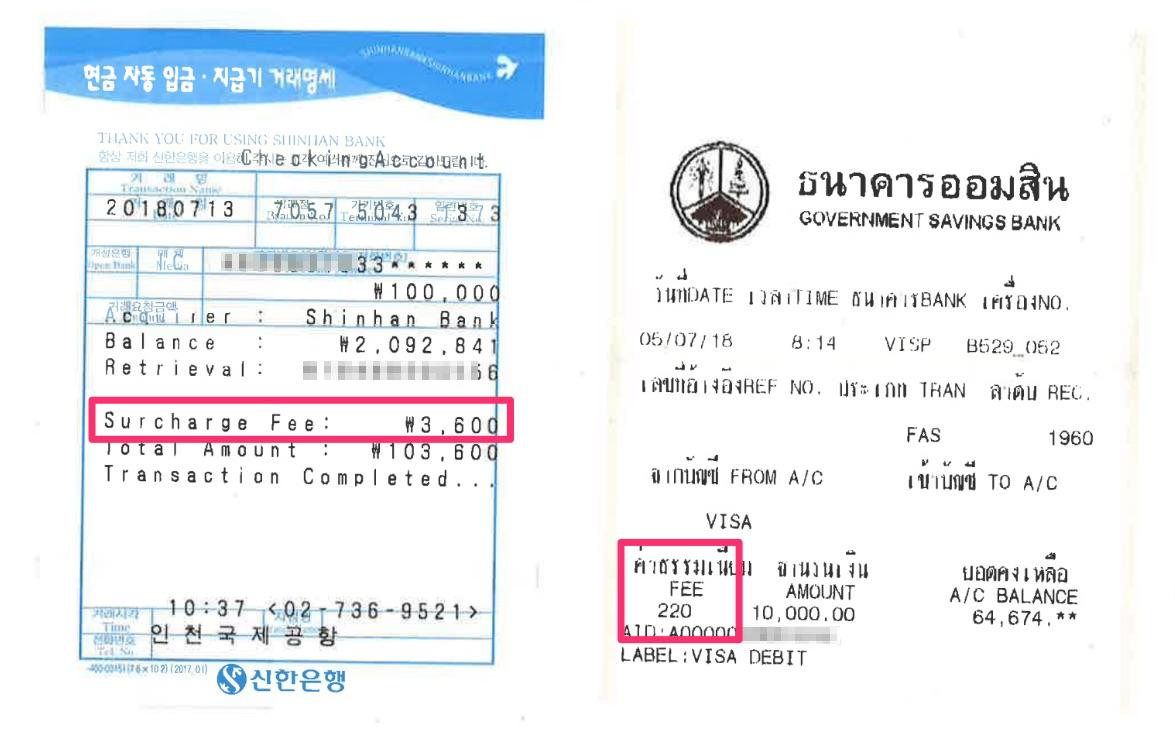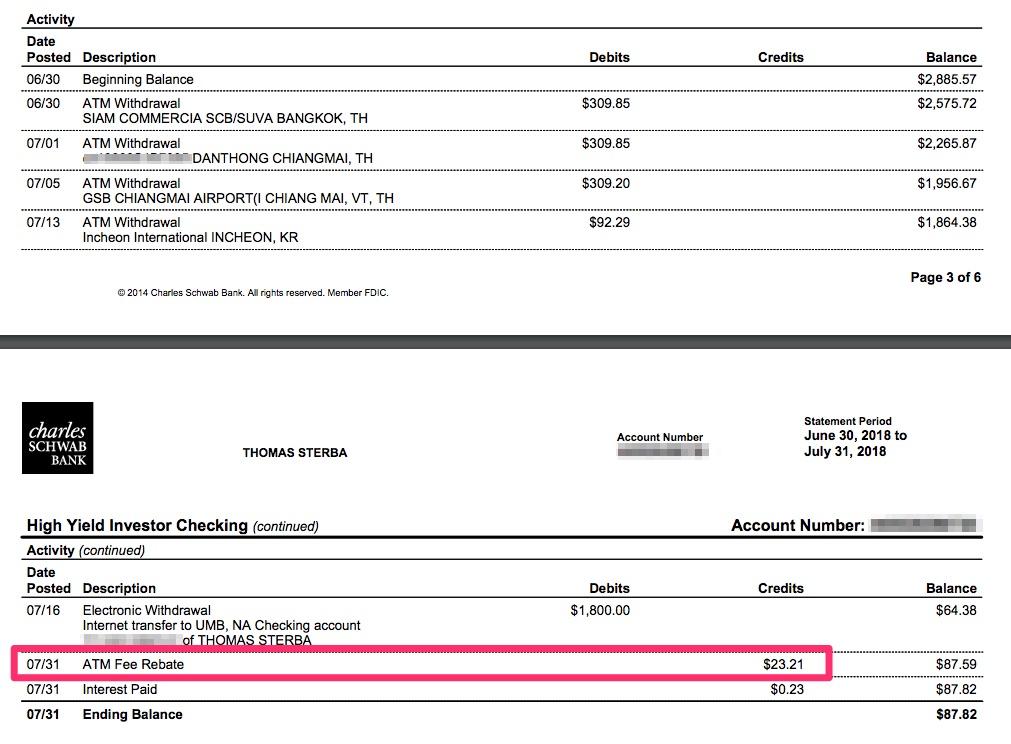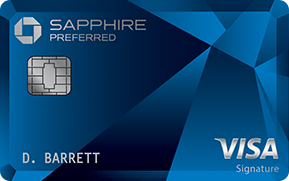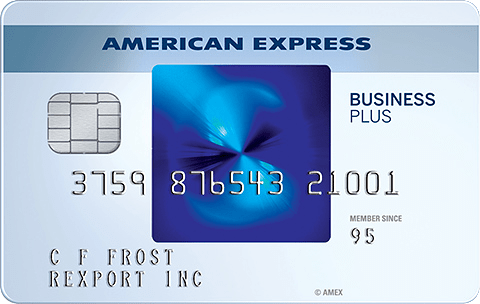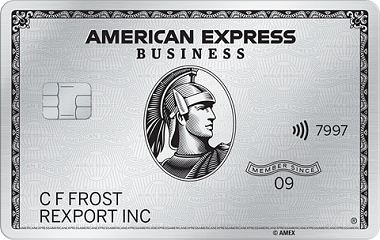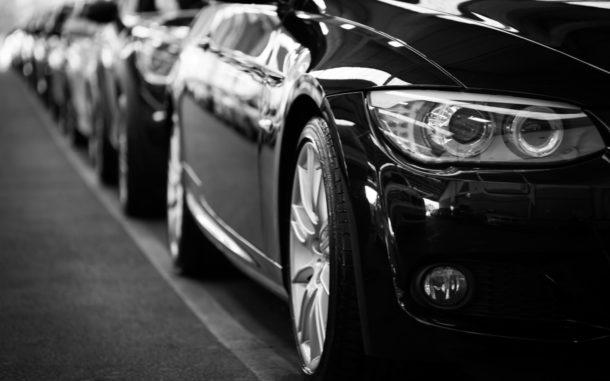Even though I typically always use a credit card for purchases (for the miles & points of course) , I like to have some local currency in my pocket when traveling internationally for outdoor markets, taxis, tips, etc.
There are a few ways to exchange your US Dollars for a foreign currency. Here are the are the a few ways rated worst to best:
3. Airport Exchange (Worst)
You’ve seen these stores in airports – sometimes they are just a desk or a kiosk. There is always a list of different countries’ currencies along with a ‘Buy’ rate and a ‘Sell’ rate. I would avoid these at all costs and only use in case of an emergency. The rates are not favorable and there are usually high fees.
2. Bank
If you thought ahead and haven’t left for your trip yet, your local bank or credit union can usually exchange currency for you. They may have some of the more popular foreign currencies on hand already. If not, they can can always order some for you.
The exchange rates at the bank will be much more favorable than the airport kiosk. Some banks will charge you a fee, others don’t but have minimum orders and delivery fees (like Bank of America’s exchange).
The ‘order at the bank’ method seems very old school to me. I remember my parents ordering Pesetas (pre-Euro) for my high school trip to Spain back in 1996.
1. Foreign ATM (Best with Right Bank Account)
Just getting local currency from an ATM is the method I use most. Even though your bank probably doesn’t have an international location, most all banks partner with foreign institutions so your bank card will most likely work at most if not all ATMs. But again the fees (foreign transaction and ATM) will vary depending on your bank.
Last year I had brought my ATM cards from both my Fidelity and Ally Checking accounts on our Europe trip. I always used my Fidelity card first since it will reimburse you for any ATM fee (but still has a 1% foreign transaction fee). It worked just about everywhere – there was one ATM in Germany that would not accept it, but luckily my Ally ATM card work. (Ally Bank has both a 1% foreign transaction fee along and won’t reimburse any ATM fees if you use a non-Allpoint ATM).
Schwab Investor Checking Account
This year I got smart and opened up a Schwab checking account. In addition to having no monthy fee, no minimum balance, it also has no foreign transaction fees and will reimburse you for any foreign ATM fees charge!
So how did it work? As advertised!
Here are some ATM receipts from our trip to South Korea and Thailand – notice the ATM fees.
3600 Won is just over $3
220 Baht is a little under $7
With three withdrawals in Thailand and one withdrawal in South Korea, I had between $23-$24 in ATM fees.
I checked my account activity when I got home and notice that Schwab wasn’t reimbursing the ATM fees. Before calling them to see what was going on, I thought I should wait until I get the official statement. And sure enough at the end of the statement cycle, a rebate for $23.21 posted to my account for all of the ATM fees.
I’ll definitely be keeping this Schwab checking for my international trips. I might even switch over to it for my main checking account.
Interested in a Schwab checking account for the no foreign transaction fees and unlimited ATM rebates ? You might be able to get a $100 bonus for opening one – check out this offer code.
I’d love to hear any other banks you recommend.
Thanks for installing the Bottom of every post plugin by Corey Salzano. Contact me if you need custom WordPress plugins or website design.
